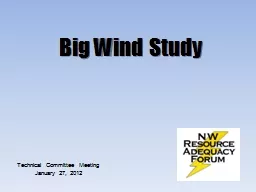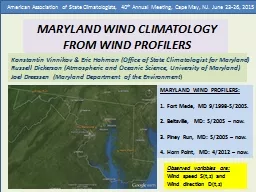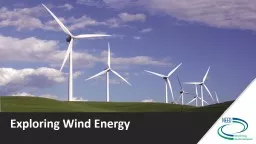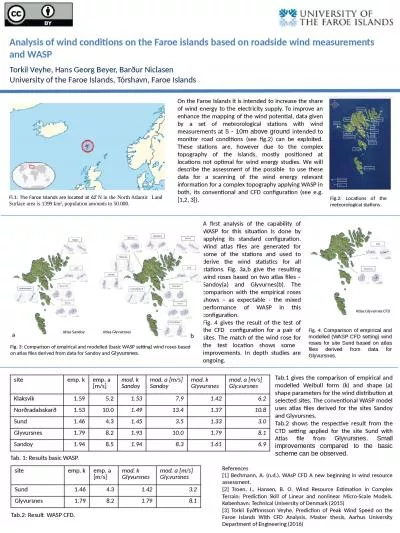PPT-Big Wind Study
Author : luanne-stotts | Published Date : 2017-12-16
Technical Committee Meeting January 27 2012 Outline Impacts of INC and DEC wind reserves on hydro generating capability Impacts of increasing wind capacity on hydro
Presentation Embed Code
Download Presentation
Download Presentation The PPT/PDF document "Big Wind Study" is the property of its rightful owner. Permission is granted to download and print the materials on this website for personal, non-commercial use only, and to display it on your personal computer provided you do not modify the materials and that you retain all copyright notices contained in the materials. By downloading content from our website, you accept the terms of this agreement.
Big Wind Study: Transcript
Download Rules Of Document
"Big Wind Study"The content belongs to its owner. You may download and print it for personal use, without modification, and keep all copyright notices. By downloading, you agree to these terms.
Related Documents














